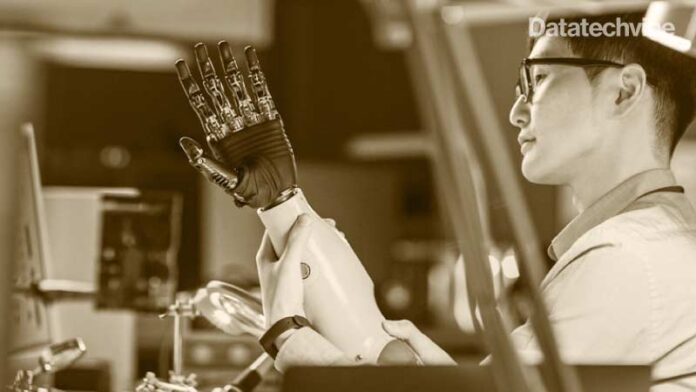Hyundai Motor Group is investing $400 million into the launch of Boston Dynamics AI Institute to spearhead AI and Robotics.
The firm’s goal is to make “fundamental advances in AI, robotics and intelligent machines”, focusing on resources across cognitive AI, athletic AI and organic hardware design, with each discipline contributing to progress in advanced machine capabilities.
Marc Raibert, founder of Boston Dynamics, will lead the new Massachusetts-based venture, making an initial investment of more than $400 million.
The AI institute intends to solve the most “important and difficult” challenges hindering robotics, using talent that it describes as “elite” to overcome the hurdles.
“The unique structure of the Institute — top talent focused on fundamental solutions with sustained funding and excellent technical support — will help us create robots that are easier to use, more productive, able to perform a wider variety of tasks, and that are safer working with people,” assured Raibert.
“Our mission is to create future generations of advanced robots and intelligent machines that are smarter, more agile, perceptive and safer than anything that exists today.”
Boston Dynamics said its culture combines “the best” features of university research labs with those of corporate development labs. In time, the institute plans to partner with universities and corporate research labs on its “developing technology” journey.
A lot of movement has been taking place in the robotics realm recent. The US Navy debuted its Unmanned Influence Sweep System (UISS) ship, utilising robotics not only to remove the risk of harm to humans but also cut back on spending, and ecommerce giant Amazon unveiled its first fully-autonomous robot.
In the world of AI, HealthTech has been improved upon, with research lab DeepMind announcing it has cracked the structure of all known proteins, which had previously taken scientists months and, in some cases, even years to understand.









